|
116. Boloria eunomia (Esper, 1800) / Bog fritillary / Nymphalidae –Heliconiinae
NL: ringoogparelmoervlinder / D: Randring-Perlmutterfalter / F: nacre de la bistorte
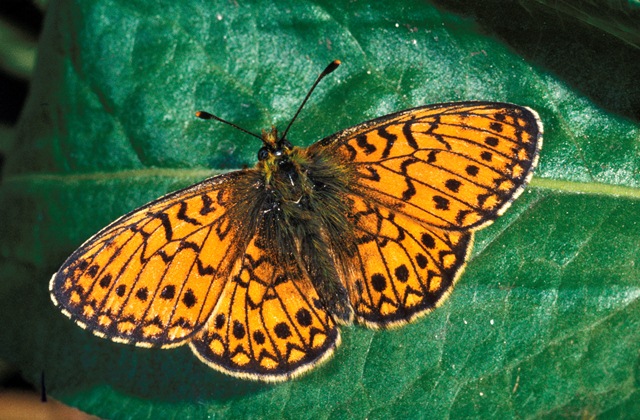 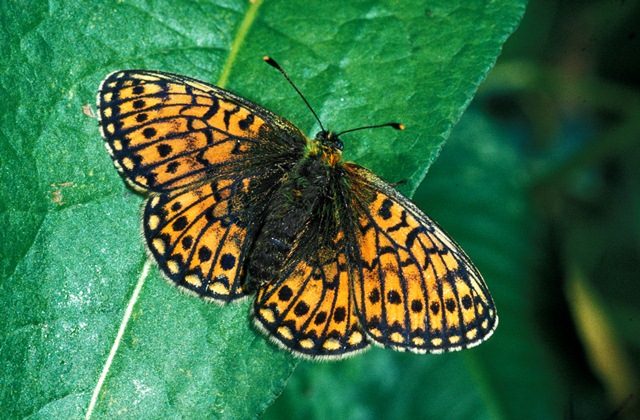 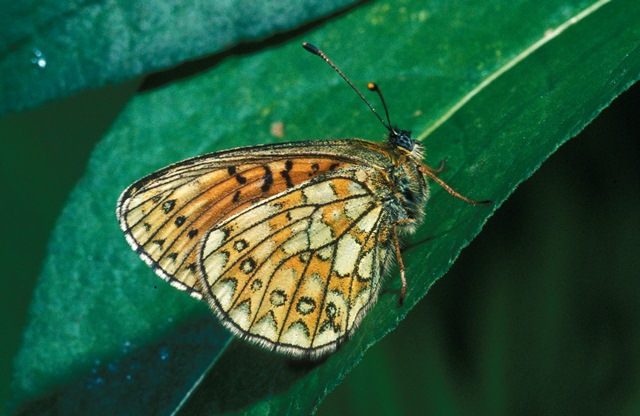
Photographs: Frits Bink ©.
Medium-sized, wing length 19 (18-21) mm. The species occurs locally in the Benelux in the mountainous climate zone of the Ardennes in Luxemburg and Wallonia in swamps where snakeweed grows.
Butterfly is on the wing from end-May until early-July. The species is known from sub-continental and severe continental climates, amplitude 7 to 20. Required heat sum is 200°d and maximum tolerated 800°d, corresponding climate windows 15 and 25 weeks.
The species occurs in subarctic and alpine climate where alpine bistort (Persicaria vivipara) grows and in mountainous climate were snakeweed (Persicaria bistorta) occurs. The isolated populations in the Ardennes are considered as post glacial relics. However, a successful introduction experiment in France at Nièvre (Morvan) proved that poor dispersion of the adult butterflies may be the reason that the species does not occur at climatologically suitable sites elsewhere (Lafranchis 2000: 365).
Ecological characteristics
Behaviour over time
Overwintering: larva in the third or fourth instar in the litter layer.
Reproduction: oviposition starts after 2-3 days when the body contains about 56 eggs, potential production 1.5 times as much.
Larval feeding periods: in summer 18-20 days in period early-June until mid-July and next in spring 20-25 days from end-April until mid-May.
Generations: one.
Spreading of risk: not observed.
Life cycle: egg 14 (12-18) days; larva 46-48 weeks; pupa 15 (13-16) days.
Life span of adult: very short, 1 week.
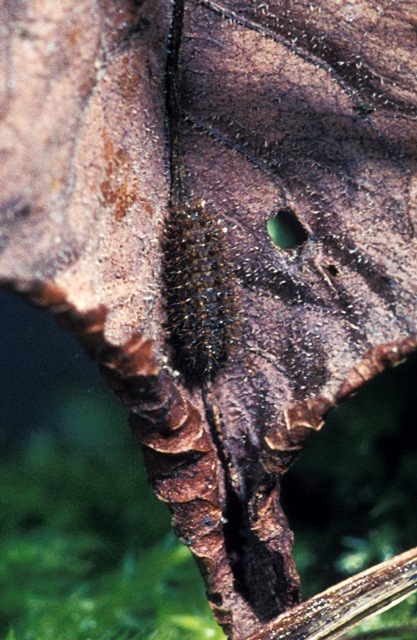 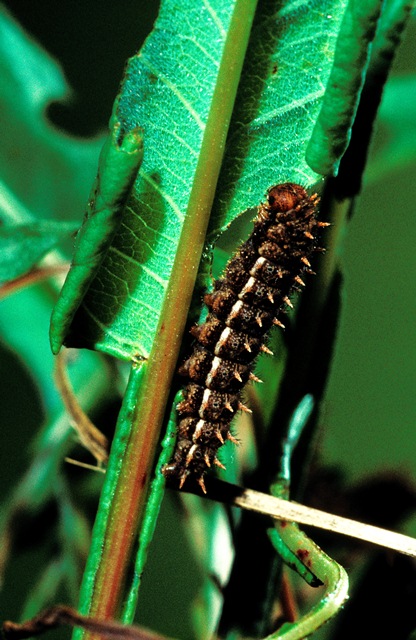
Photographs: Frits Bink ©.
Behaviour in space
From stay-at-home to migrant: stay-at-home, spatial requirement modest.
Finding a mate: males patrol and meet females on the flowers of snakeweed.
Orientation in the landscape: sheltered swamps with tall vegetation.
Oviposition: in batches of 14 (5-20) eggs on the underside of a mature leaf of the host-plant.
Defence
Threats from other organisms: the larva is armoured with bristle spines as defence.
Threats from the environment: the species occurs only on cool and humid sites, both larva and adult are vulnerable to heat and drought.
Feeding habits
Adult: nectar, in most cases flowers of the own host plant, snakeweed (Persicaria bistorta).
Larva: the early stages in summer are gregarious and scratch the mature leaves, in spring during the last two instars they feed on young shoots and bask.
Larval foodplants
Plant species: Polygonaceae, Persicaria bistorta.
Journal
Rearing experiment based on specimens from Hockai, Belgium:
21 June 1983: three females captured.
23 June: 146 eggs laid, in 17 batches.
2 July: eggs hatched.
10 July: larvae end second instar.
19 July: a few in third instar, preparing for diapause.
No larvae survived.
Breeding experiment based on specimens from Hockai, Belgium:
5 May 1984: two fourth and three fifth instar larvae collected from a swamp, on Persicaria bistorta.
16 May: first larva pupated.
19 May: all except one pupated.
30 May: two males appeared.
31 May: female hatched.
1 June: pairing observed. Butterflies sipped a lot, their bodies became much thicker.
2 June: eggs laid in batches of 5, 18, and 20.
16 June: eggs hatched.
19 June: larvae made small windows in the leaf by eating the mesenchyme from the underside of the leaf.
4 July: larvae in moult L2-3, hid together under a wilted leaf.
13 July: larvae in diapause.
6 September: all larvae dead, dried out.
Table 116-1. Results of dissections

Table 116-2. Collection and observation localities
B, Hockai, 50° 29’ 17“N – 5° 59’ 26“E; 21 June 1983, 5 May 1984 (larvae).
Fig. 116-1. Boloria eunomia, phenogram adapted from Fichefet et al. 2008: 185.
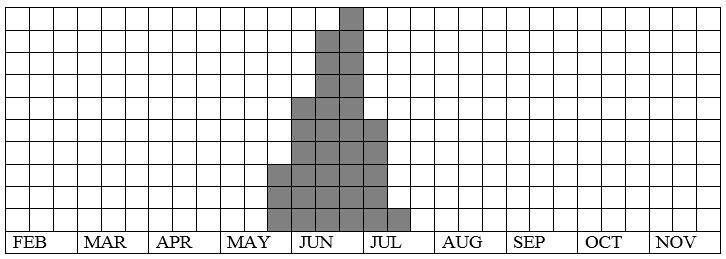
Fig. 116-2. Boloria eunomia, habitat characteristics.
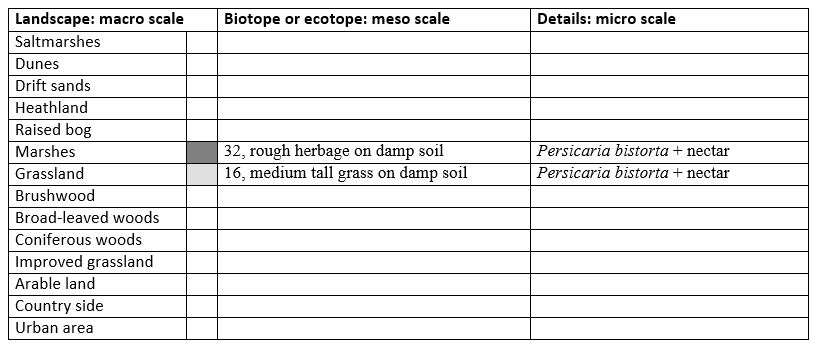
Fig. 116-3. Boloria eunomia, climate matrix, heat-sums 200 - 800°d.
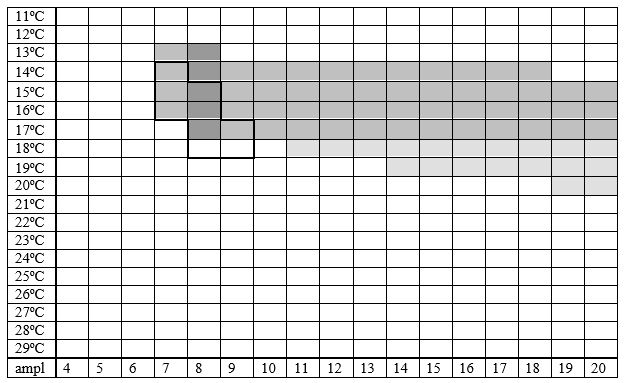
|










